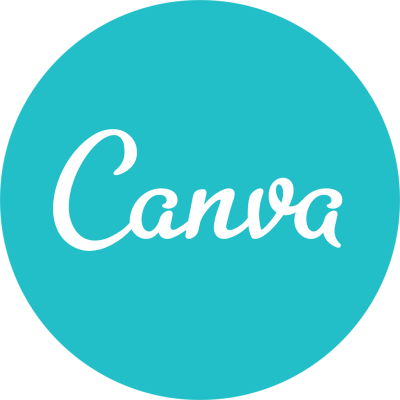Google Classroom now has the option to upload an image to the classroom theme. See below for the demo.
Some changes in the Classroom app:
- Students and teachers can now view the About page in the mobile app for quick access to their class materials and resources
- On iOS, students can now add images, videos, and any other files to assignments from other apps
- Your favorite emoji are now available on the Android app
- Changes that will increase the speed of the app’s performance, so you can get your work done even faster













